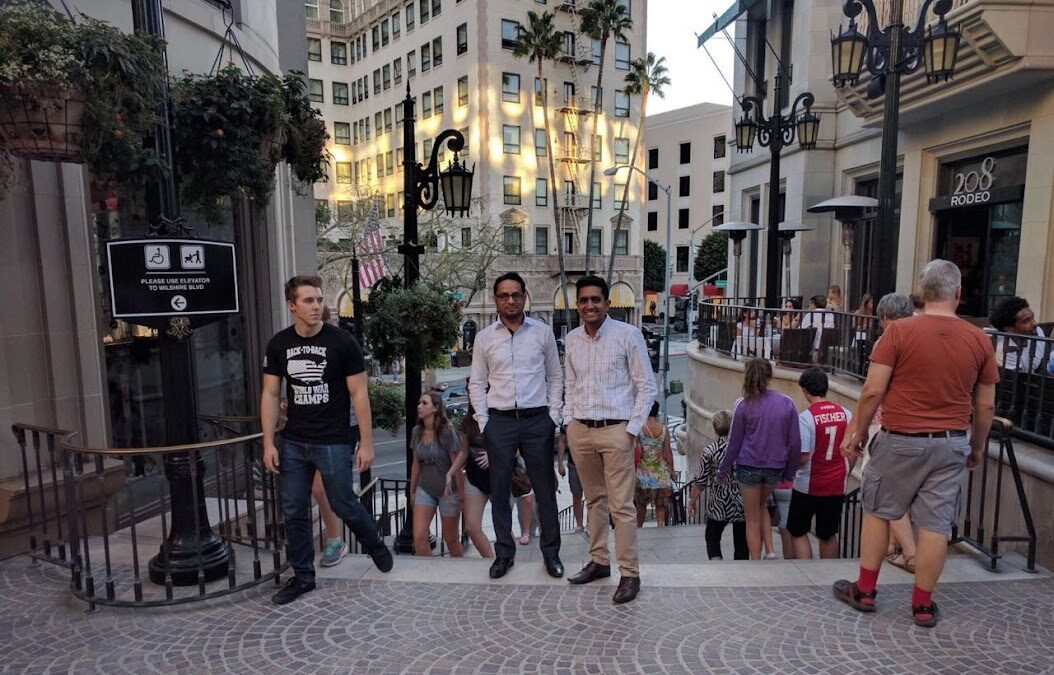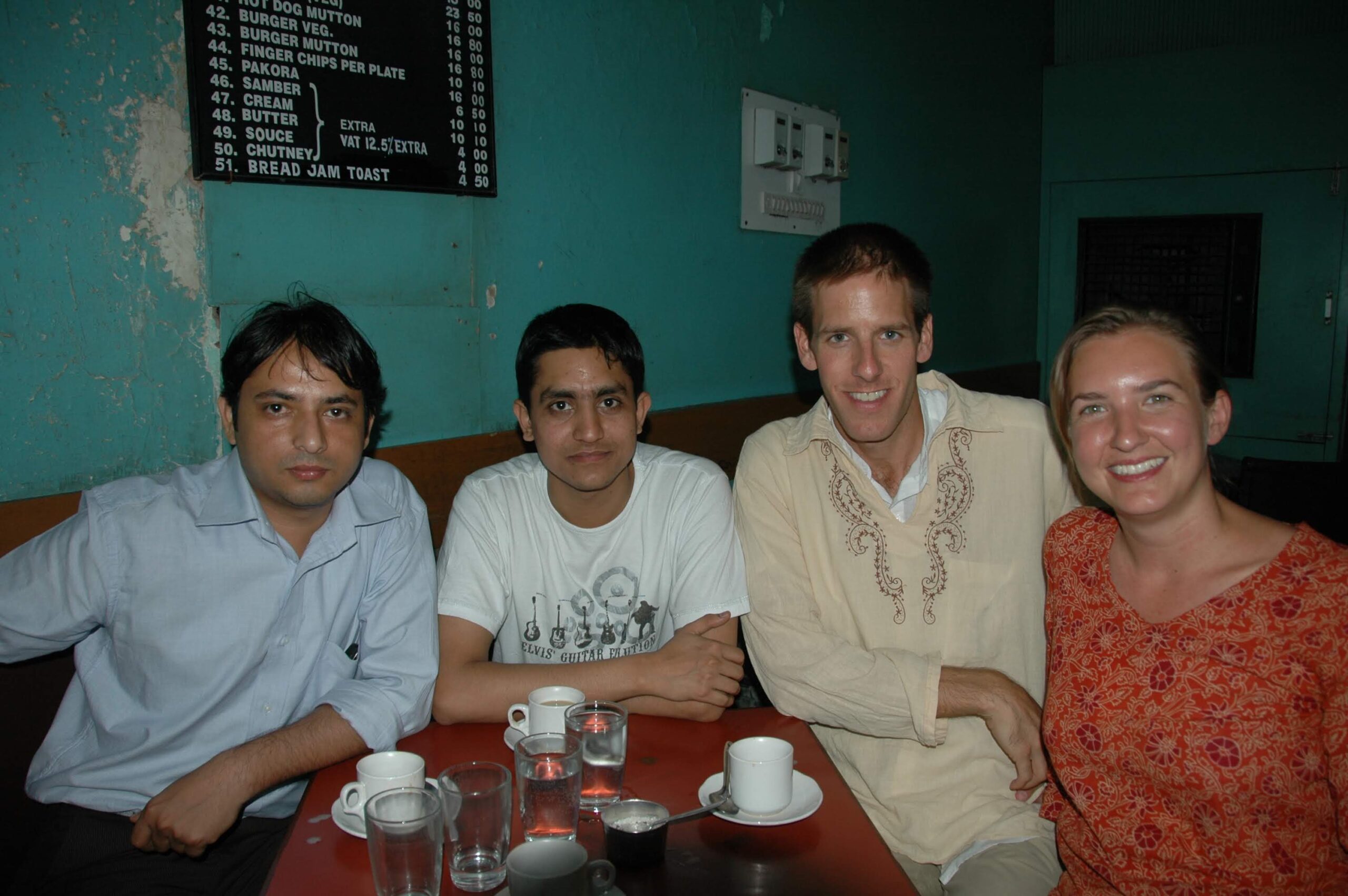In 2016, my partner Rajiv and I (Sharan) traveled from Mohali, India to the United States to meet our clients in person and explore new opportunities. While most of our work happens remotely, we’ve always believed that great working relationships are built on trust, and nothing strengthens that more than spending real time together. Boston […]
When speaking with one of our long-time agency clients recently, he shared something that really stuck: “Working with your team for the past 10 years has been one of the best business decisions I’ve made.” Instead of hiring in-house developers, he’s relied on us to handle all his development work—and as a result, he’s been […]
In 2008, when we were just starting out with a team of 5 developers, our clients Dan and Audrey who are frequest travellers visited India and also came to meet us. Below are some excerpts from their blog post from their blog Uncornered Market which they posted in the same year. Not long after breakfast, […]






